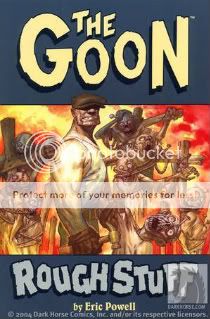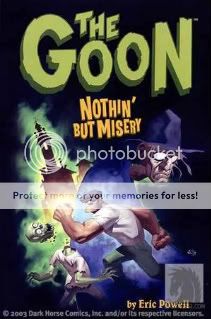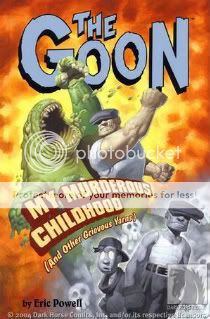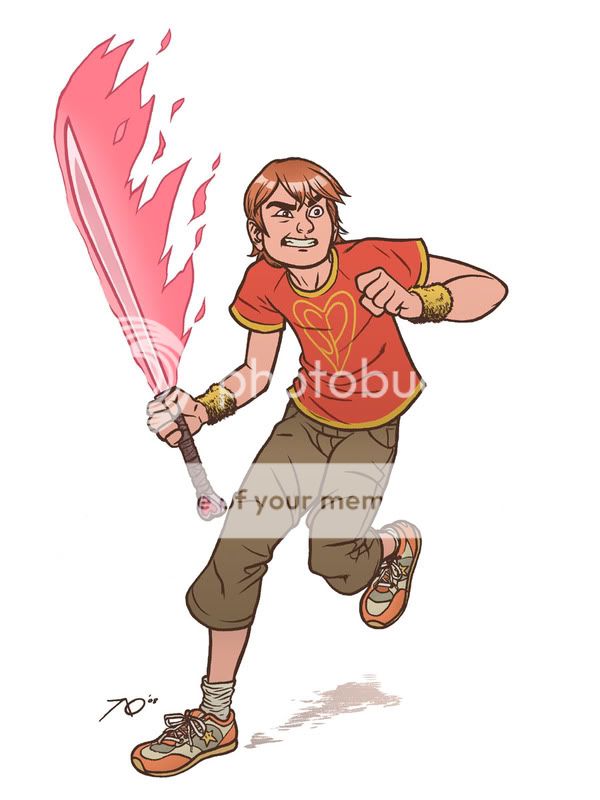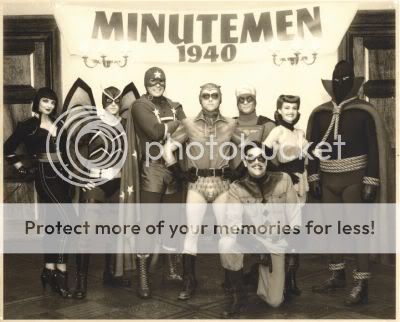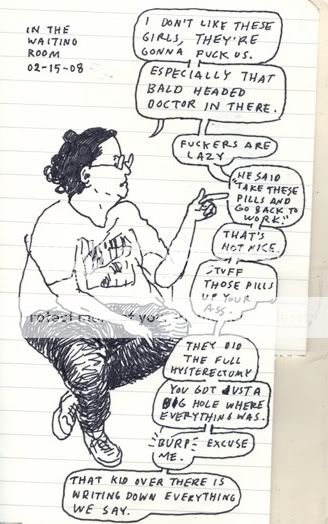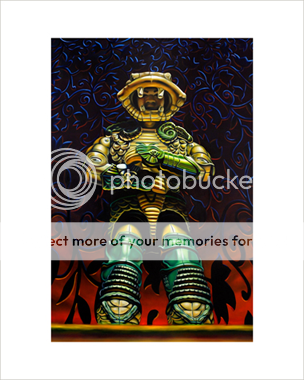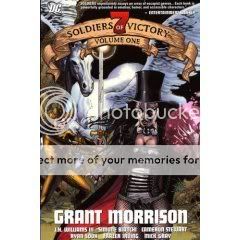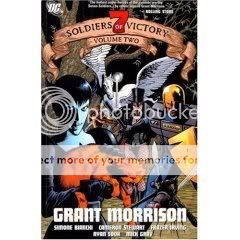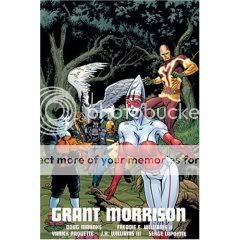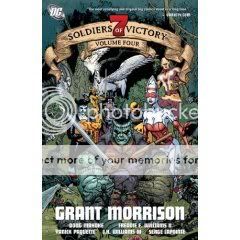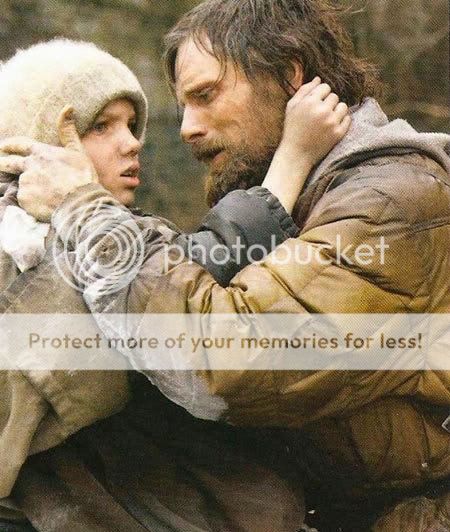After a bang-up start inspired by the League of Tana Tea Drinkers’ roundtable on the subject, CRwM of And Now the Screaming Starts’ has posted two more entries in his “A Defense of Torture Porn” series, and frankly I’m so knocked out by them I don’t know where to begin other than by saying “go read them from start to finish.”
First, he(? just assuming here) advances a five-part definition of the subgenre, calling attention not just to “there’s torture in them” a la my own attempt at playing Webster, but also characterizing their emotional tone, visual style, sociopolitical approach, construction of suspense through paranoia and helplessness, and absence of supernatural actors.
Next, he counters the frequently leveled assertion that torture porn is inherently inartful, crass, and exploitative by rebutting the idea that it’s a subgenre of dreary realism as opposed to the horrifying heights reached by supernatural (or “High”) horror. It’s really so marvelously constructed that you should read it yourself, but just let me call out this passage:
First, let me defend my claim that torture porn is fantasy by focusing on the visual style that has become torture porn’s most distinctive trait. The look of torture porn is not realistic, but hyper-realistic. It is a highly artificial approach that takes the trappings of realism and blows them all out of proportion. The result is a lavish, over-stuffed look – most often taking an archetypal image and stuffing it to the breaking point. This is most apparent in the dungeon settings of the two Hostel flicks and the bathroom set of the first Saw. Both sets are not just dirty, but absolutely coated in grime and slime. One imagines you could get tetanus of the eyeball just from looking at them. But neither represents what (sadly) we know torture looks like. Real torture, when governments undertake it, is conducted not in sewers, but in relatively orderly places that look disconcertingly like hospitals. Why leave a filthy crime scene behind? Mud and crud tends to trap potential clues like hair, foot and fingerprints, and so on. The answer, of course, is that these aren’t “real.” They visually represent the feelings the idea of torture evokes. Men in rubber aprons, faces hid behind monstrous brass and steel facemasks, power tools inexplicably left to rust (despite the fact that they are supposedly the property of an elite club of super rich people) – it all suggests the moral, spiritual, ethical decay of what’s happening. The whole visual approach adopted by Roth and Wan is not realistic some much as it represents the typical strategies of film realism – a little grime here, some busted glass there – and invests it with symbolic purpose. The very fabric of their films’ worlds reflects the mental state and fate of their characters.
Man oh man. Read also for his (accurate) attribution of the look of torture porn to David Fincher’s Se7en, his analysis of the significance of that miscellaneous torture device on the cover of the DVD for Hostel, and much, much more.
What do I make of all this? Well, it’s a much more effective “defense” of torture porn than my own. But to be fair to me, I wasn’t defending the genre, just the term. What CRwM is doing is making the case that the genre’s defining characteristics have the potential for great horror art. My only concern is that in so doing, he perhaps allowed himself to fiddle with his designation and delineation of those defining characteristics so as to reach that conclusion.
Maybe it’s possible that the only torture porn movies are the Hostel and Saw franchises, as he argues. But in a way, what he’s doing is the same kind of definitional sleight-of-hand that so irks me when mainstream critics do the “If It’s a Horror Movie and It’s Good, It Must Be Transcending the Genre” rag–in other words, they define the genre so as to preclude the possibility of good art, so that when good art comes along it’s not part of the genre, it’s something else. You’ve seen this done with “torture porn”-as-pejorative, by the way; CRwM is, in a way, offering the flipside of that. Now, he isn’t saying that torture porn movies are good, just that they can be good–but he’s doing so by reducing the definition to being applicable only to a very, very narrow set of films, which to me is kind of a cheat. If “torture porn” can’t also be used to describe Audition, Turistas, The Passion of the Christ and so on, what good is it? Don’t we on some level instinctively understand that the goals of those films, in terms of the torture content, is largely the same? Would we settle on (or for) a definition of “slasher” that only included Halloween and Sleepaway Camp? Whatever you might say about my definition of torture porn, I think it’s a lot more useful–it’s basically just a film in which the primary fear engine is the immobilization and brutalization of somebody. To me at least, the conceptual richness of those two “-ization”s gives you all the freedom you need to make a more elaborate case for the genre’s inherent interest.
This sort of brings me around (finally!) to Curt Purcell’s provocative response to my monumental horror-image theory/essay. What sticks in Curt’s craw about it is how far I swing the pendulum in the opposite direction of violence and gore in terms of trying to get at the images that “define” horror. Might not seeing ostentatious violence as a sort of Freudian doubling of the monumental horror-image–the actualization of such an image’s potentiality, the yang unconsciously called to mind by the yin–enable us to construct a Grand Unified Theory of Horror?
The answer: yes, it might. But I fear that the drive to do so stems from me overstating my case in my original essay. That essay’s genesis was pretty simple: Over the years I discovered that certain types of images–the Shining twins, the Wicker Man–scared me more than anything else in horror movies. But when I turned to the literature to see what had been said about it, the answer was, basically, nothing. Most horror scholarship focused on gender- and sexuality-based explorations of horror violence and horror monsters, rather than these kinds of images. So I went about cobbling together an explanation for how and why such images did what they did. Again, they were, to me, the scariest images to be found in horror; meanwhile, contra the “transcending the genre” crowd, I believed that a genre should be defined by its best works–in this case, its scariest. Hence, calling the monumental horror-image the “definitive” horror-image, heavily implying if not stating outright that this is as opposed to the violence and gore.
BUT! It’s that “as opposed to” that gets me in trouble. Never did I intend my praise of the monumental horror-image to mean that other kinds of horror images should be excluded, that they didn’t count, that they couldn’t also be super super scary or creative or effective or disturbing or Art with a capital A. The gore and violence that Curt attempts to loop into an expanded conception of what makes horror imagery tick is perfectly valid and requires no such expanded conception, at least as far as I’m concerned, because I was trying to define a very precise set of images, not the genre overall. Those images work best for me for (I think) the reasons described in the essay, but they’re not the only images that work, for me or for anybody else, and I have no ambitions to state otherwise. Similarly, there may be torture porn films that work best, or even just embody certain principles the best, but ironically the less ambitious definition covers more ground and is therefore more useful, I think.

